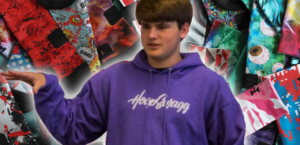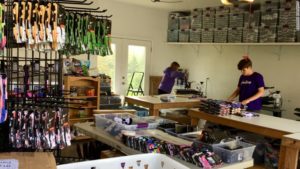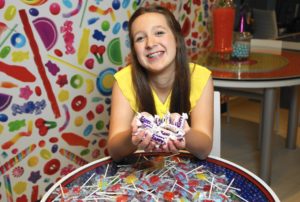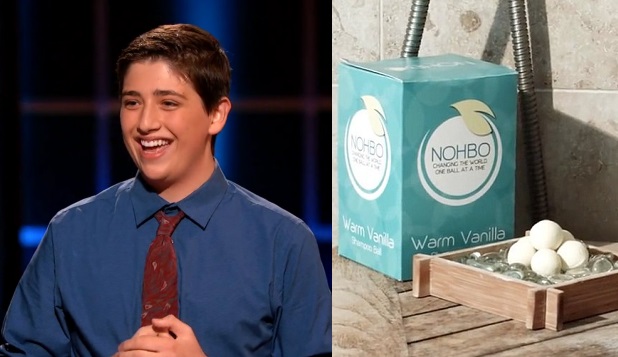Brennan Agranoff had always loved basketball and when the Nike Elite basketball socks were on the rise in 2013, he was disappointed at the lack of variety in the apparel. The socks all came in muted tones that didn’t stand out, and Brennan wanted to stand out on the court. People do it all the time with shoes, why not with socks? Searching for the types of socks he wanted proved fruitless after Brennan saw that they would cost upwards of $40 a pair. After noticing this issue, the 13-year-old endeavored to create customized socks that wouldn’t break the bank while still providing the wearer with a vibrant style. He spent almost a full year researching the printing process and the technology required to digitally print designs on socks. Following a $3,000 investment from his parents, Brennan created HoopSwagg – a brand dedicated to providing cost-efficient, custom Nike socks. Premade designs they sell on their website include those of colleges, sports teams, food, video games, and others. Most socks on their site go for about $15, which is the exact same price as a regular pair of the Nike basketball socks the company was originally founded around.
It has been five years since Brennan launched his business. In that time, the company sells over 700 unique sock designs after the purchase of a competitor’s brand and is on track to finish 2018 having made $1.6 million in revenue. Brennan taught himself coding and graphic design, enabling him to run his company’s website. His family has built a massive warehouse on their property for production purposes and they typically ship out around 100 orders per day. Brennan recently decided to forego college for now in order to focus on his company, having just started a second brand that prints socks featuring customer’s pets. This is a move Brennan wants to make in the future for HoopSwagg itself in allowing customers to customize their own socks rather than choosing from premade designs. Within the next few years, he wants to be a brand that is sold in retail stores rather than just online, with a larger variety of customizable apparel such as ties and shoelaces.
Brennan Agranoff’s success is especially remarkable considering that he has never taken a business class and is the company’s only graphic designer despite being colorblind. He says that his business savvy comes from buying things at yard sales and reselling them online, something he has done since he was eight years old. In his own words, “Especially today, with all the information available on the internet, you can’t be too young to learn how to be an entrepreneur.”






